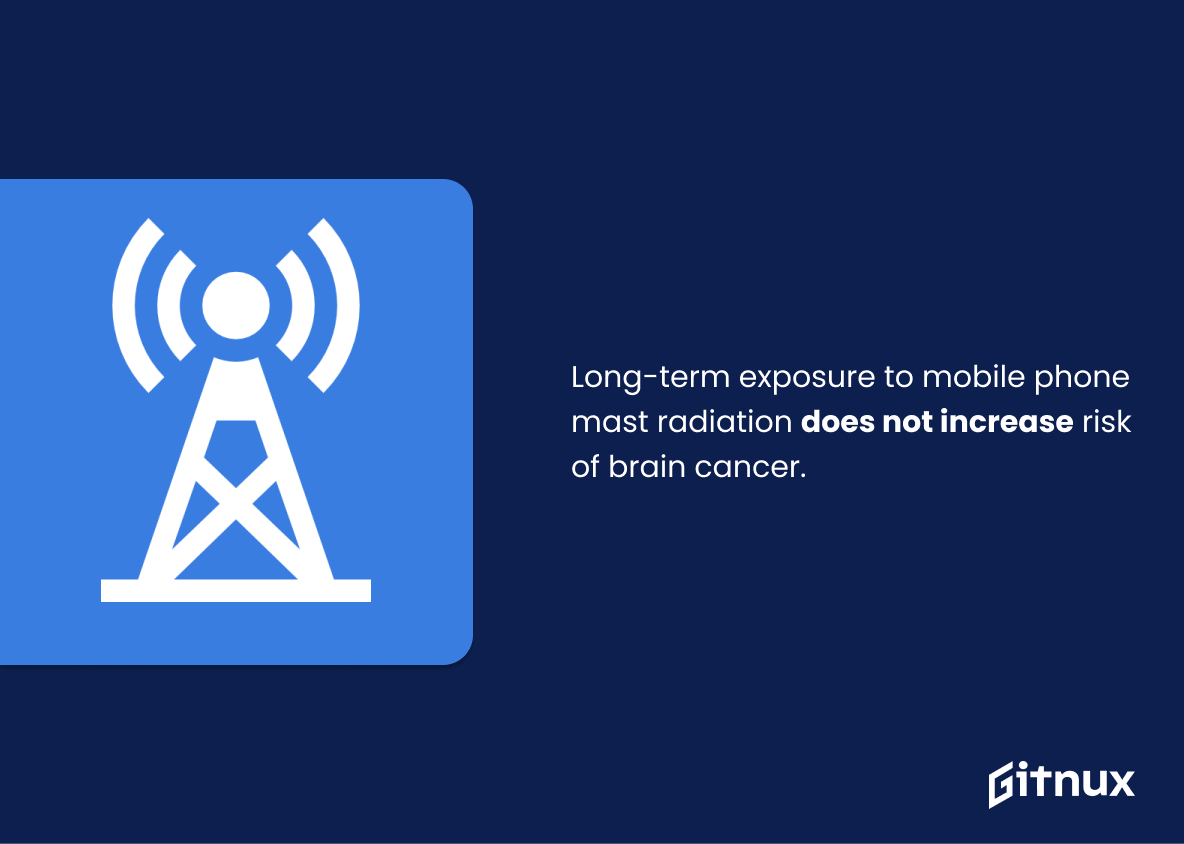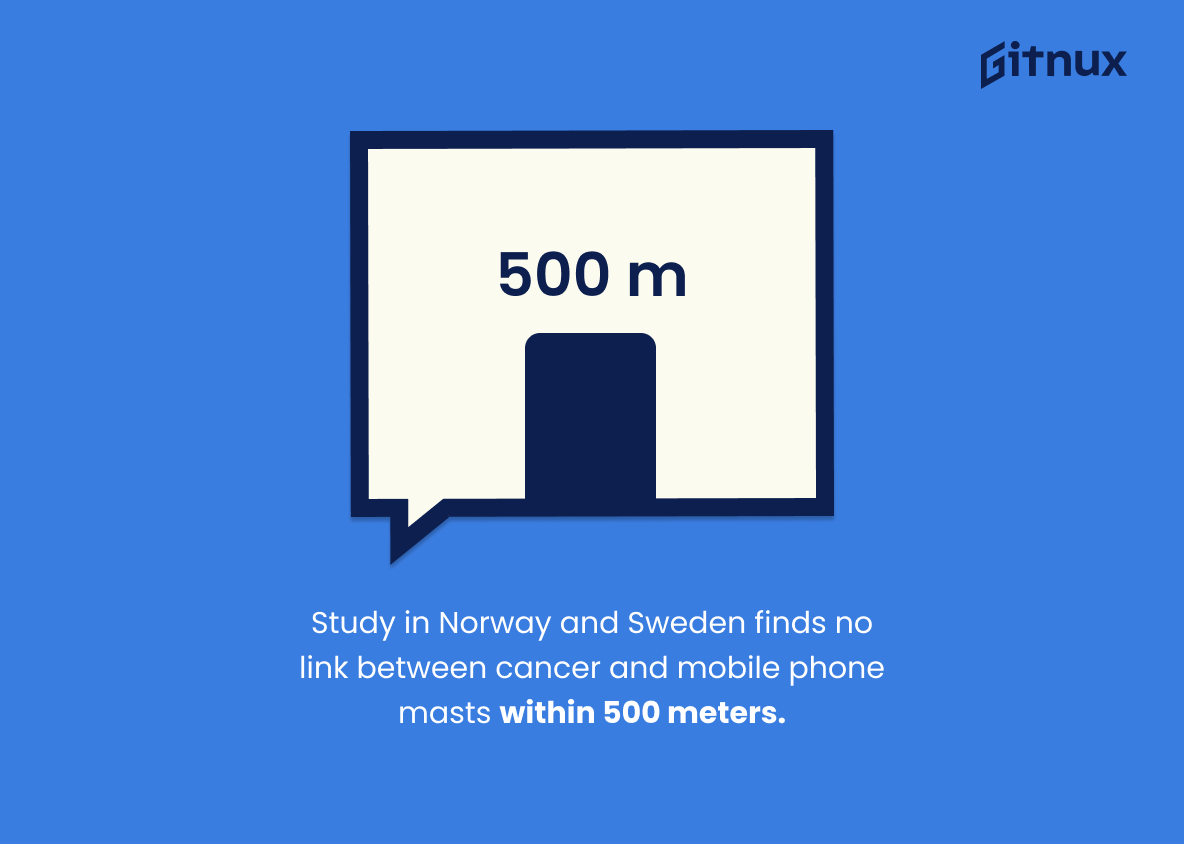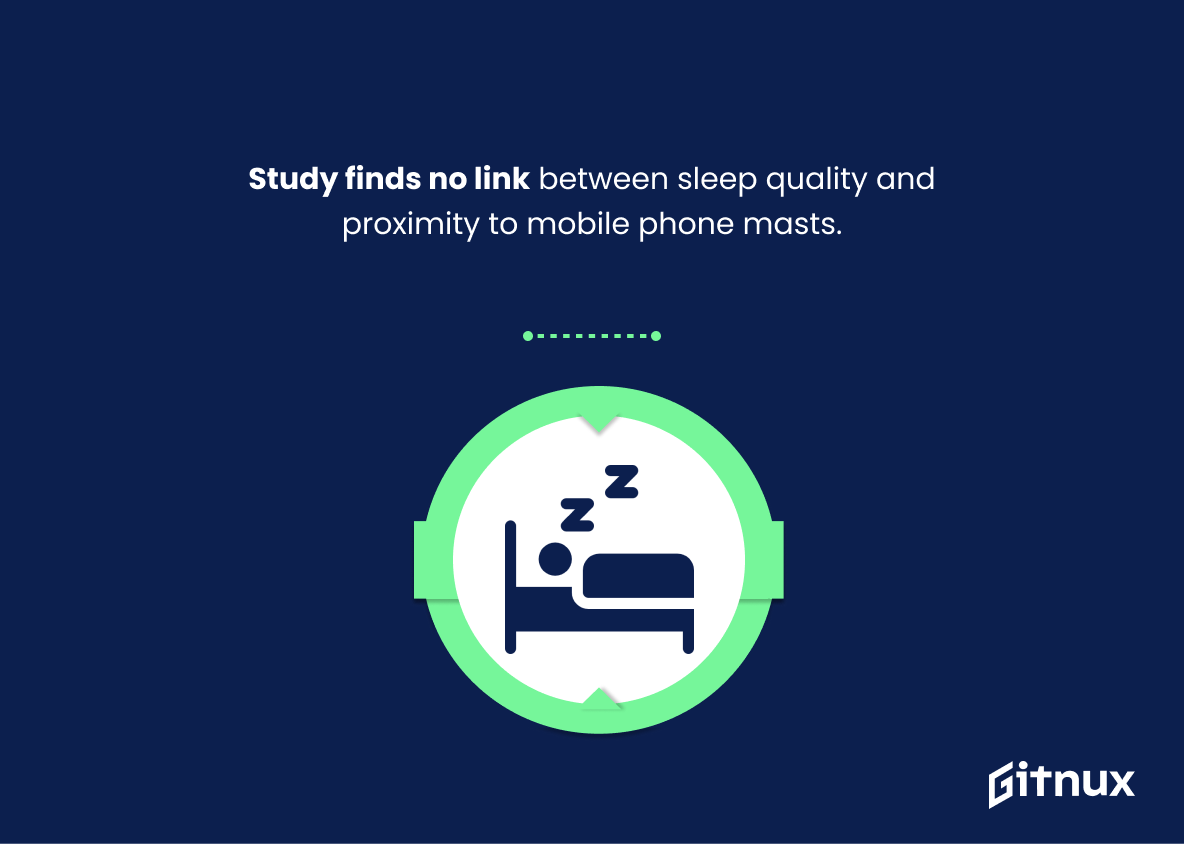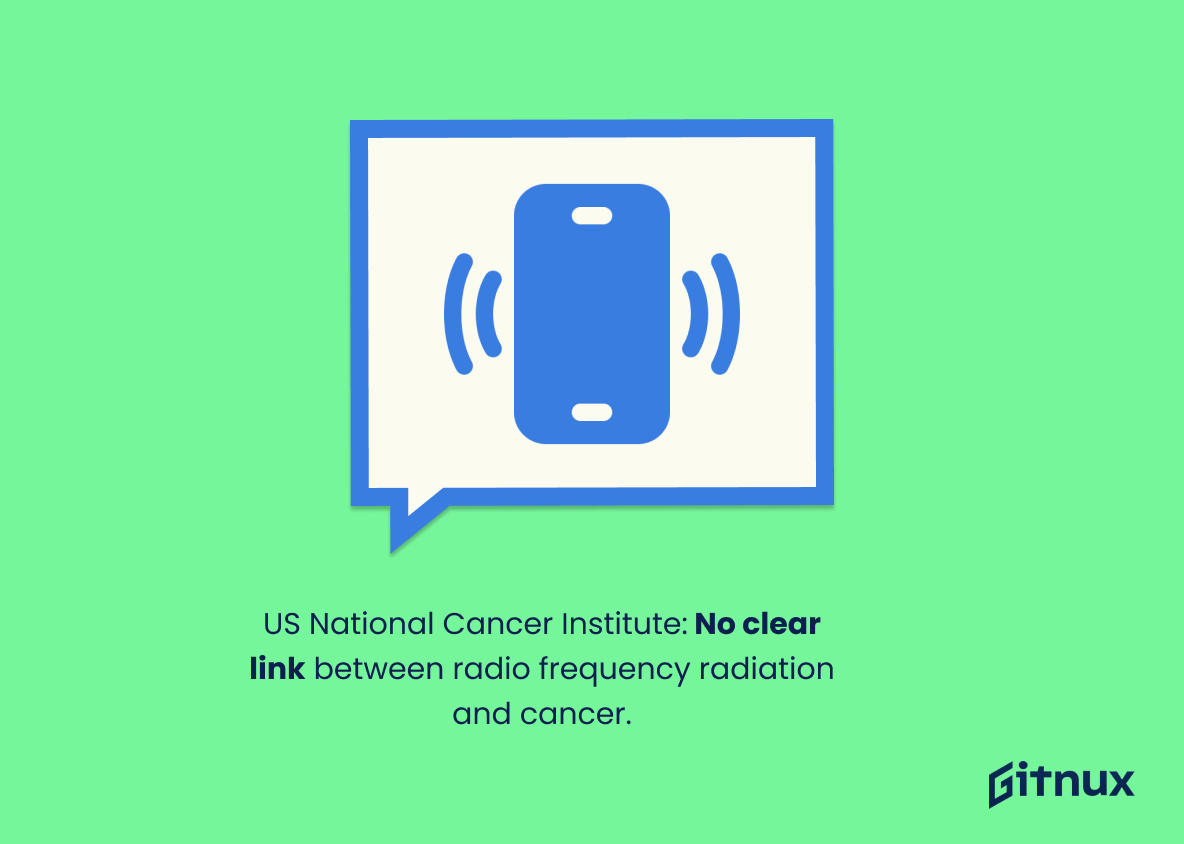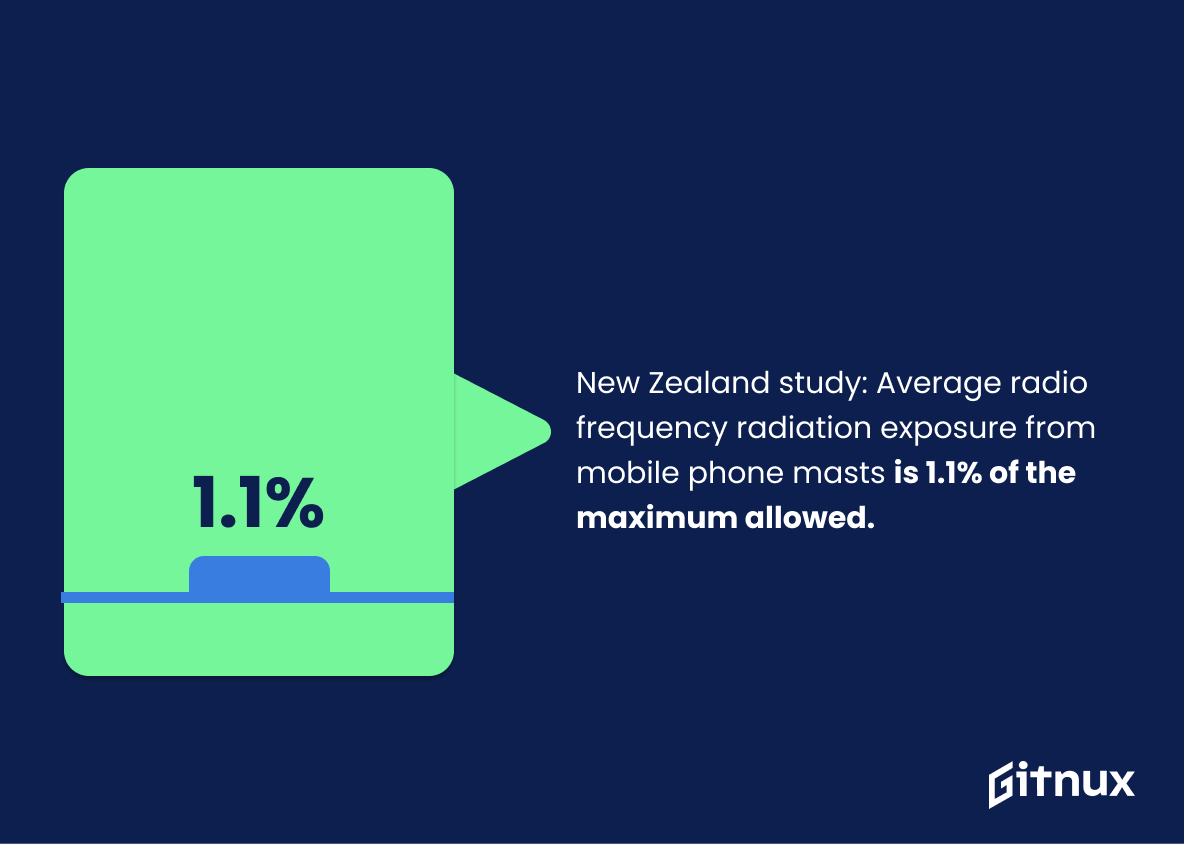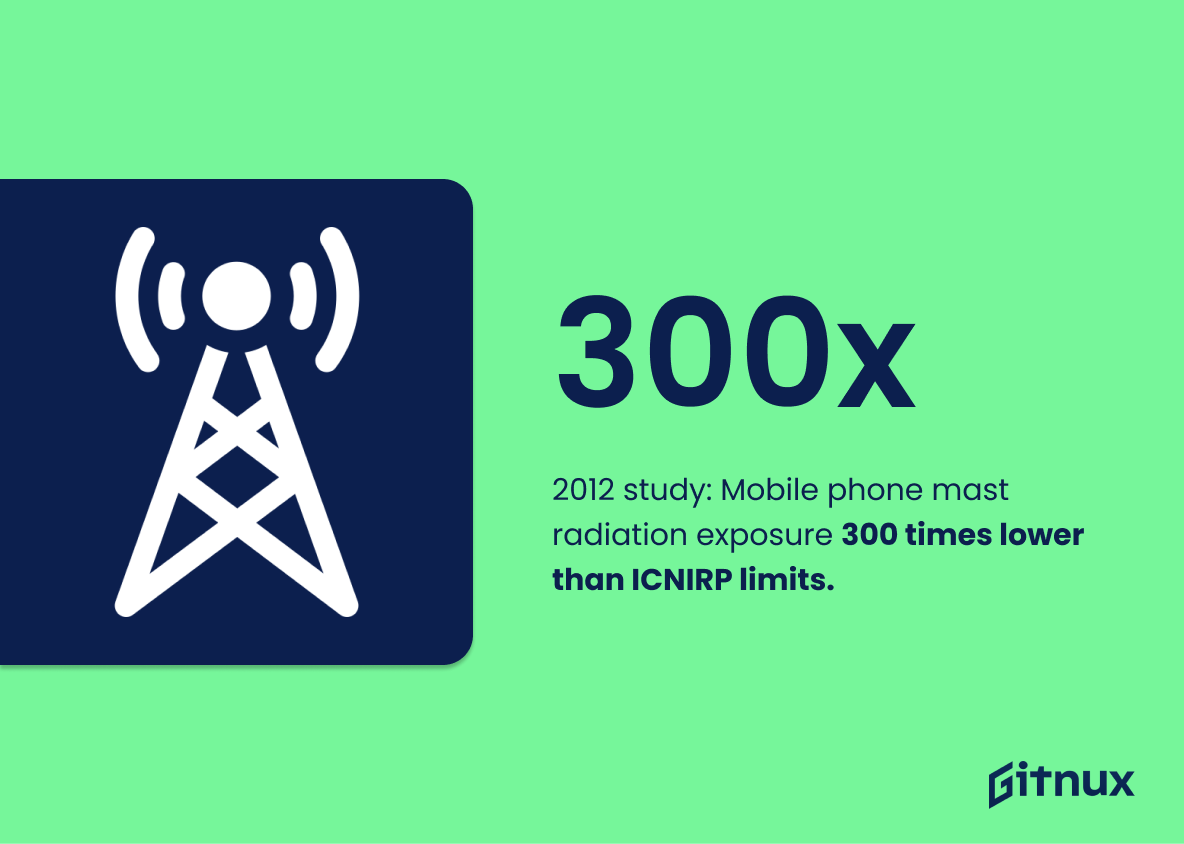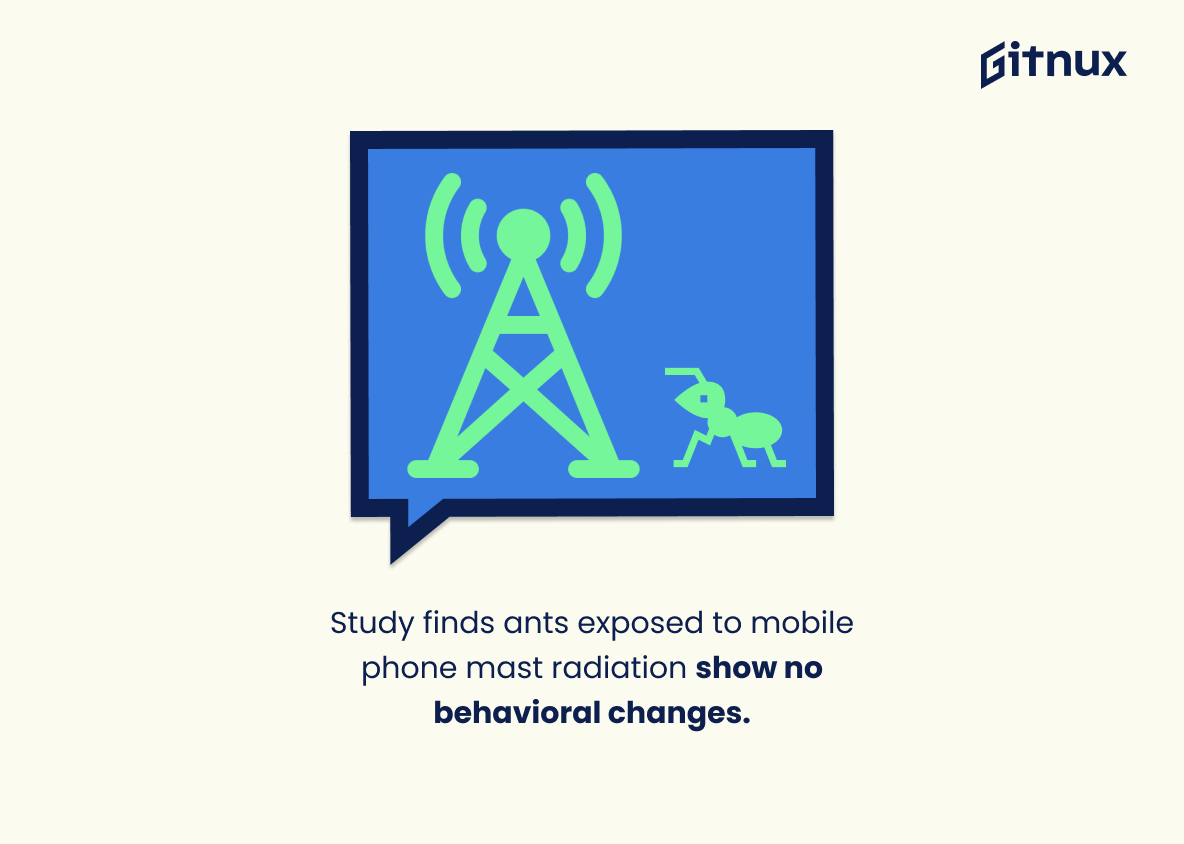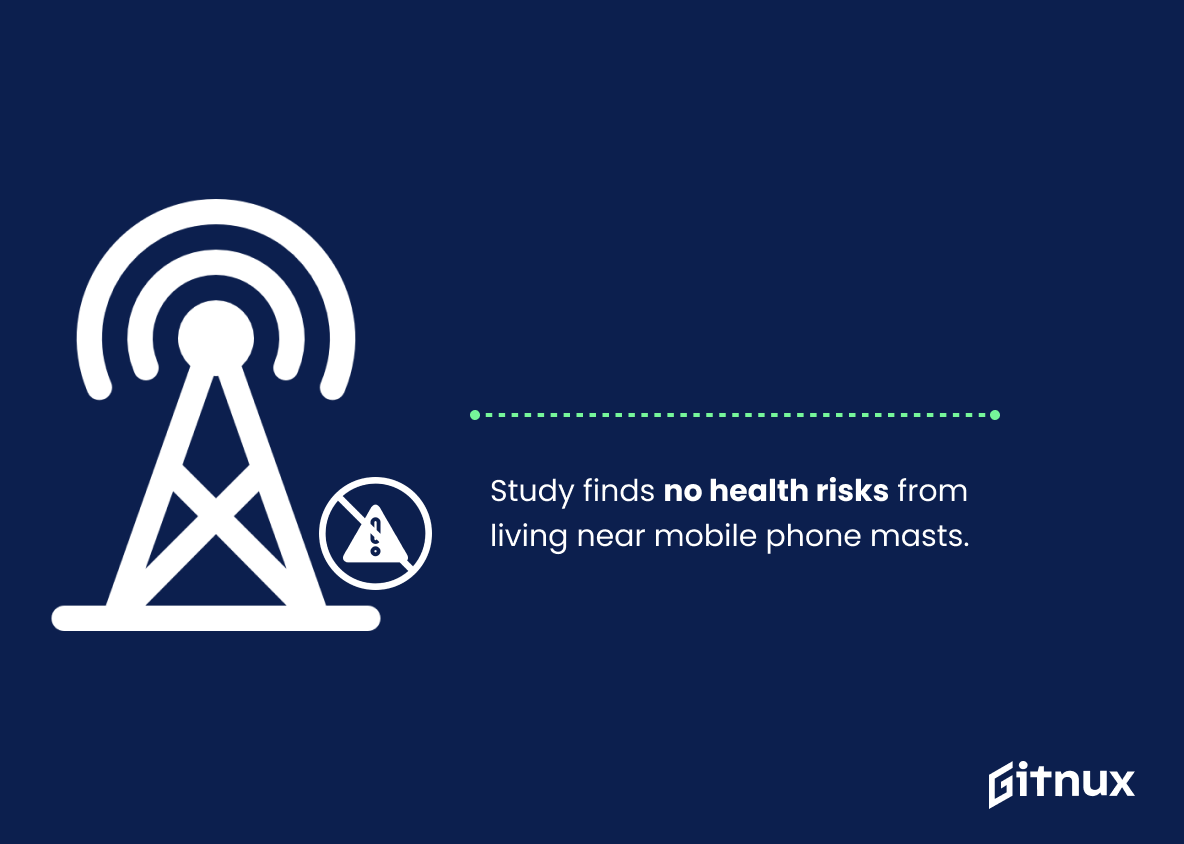The debate surrounding the potential health risks of mobile phone masts has been ongoing for many years. While some people are concerned about the possible effects of exposure to radio frequency radiation, research suggests that these fears may be unfounded. This blog post will explore 20 statistics related to mobile phone mast health risks and provide links to relevant studies so readers can make informed decisions on this issue.
Mobile Phone Masts Health Risks Statistics Overview
Long-term exposure to radio frequency radiation from mobile phone masts has not shown any association with increased risk of developing primary central nervous system tumors.
This statistic is significant in the context of a blog post about Mobile Phone Masts Health Risks Statistics, as it provides evidence that long-term exposure to radio frequency radiation from mobile phone masts does not appear to be linked to an increased risk of developing primary central nervous system tumors. This is important information for readers to be aware of, as it helps to allay any fears they may have about the potential health risks associated with mobile phone masts.
In a study conducted in Norway and Sweden, total cancer cases within 500 meters of mobile phone masts didn’t differ significantly compared to the expected number of cases.
This statistic is significant in the context of a blog post about Mobile Phone Masts Health Risks Statistics, as it suggests that there is no correlation between the presence of mobile phone masts and the incidence of cancer. This finding is important, as it indicates that the potential health risks associated with mobile phone masts may be overstated.
A Dutch study found no clinically significant associations between mobile phone masts and non-specific health symptoms like headaches and sleep disturbances.
This statistic is significant in the context of a blog post about Mobile Phone Masts Health Risks Statistics because it provides evidence that there is no link between mobile phone masts and non-specific health symptoms. This is important information to consider when discussing the potential health risks associated with mobile phone masts. It suggests that any health risks associated with mobile phone masts are likely to be minimal or nonexistent.
A survey of base stations in Australia showed that the measured exposure levels to radiofrequency electromagnetic fields were very low, never exceeding 1% of the public exposure limit.
This statistic is significant in the context of a blog post about Mobile Phone Masts Health Risks Statistics, as it demonstrates that the exposure levels to radiofrequency electromagnetic fields from base stations in Australia are well below the public exposure limit. This indicates that the risk of health issues associated with mobile phone masts is minimal, providing reassurance to those concerned about the potential health risks.
In a study on sleep quality and exposure to radiation from mobile phone masts, no significant difference in sleep patterns was observed between people living close to masts and those living farther away.
This statistic is significant in the context of a blog post about mobile phone masts health risks because it suggests that living close to a mobile phone mast does not have a negative impact on sleep quality. This is important information to consider when discussing the potential health risks associated with mobile phone masts, as it suggests that living close to one does not necessarily have a detrimental effect on one’s sleep.
The International Agency for Research on Cancer classifies radio frequency electromagnetic fields, including those from mobile phone masts, as Group 2B — possibly carcinogenic to humans.
This statistic is a stark reminder of the potential health risks associated with mobile phone masts. It serves as a warning that, despite the convenience of mobile phones, there may be serious consequences to consider when it comes to their use. It is a reminder that we should be aware of the potential risks and take steps to protect ourselves.
US National Cancer Institute has stated that large population studies to date have not found a consistent link between exposure to radio frequency radiation from mobile phones or base stations and increased risk of cancer.
This statistic is of paramount importance when discussing the potential health risks of mobile phone masts. It serves as a reminder that, despite the fear-mongering that often surrounds this topic, there is no scientific evidence to suggest that exposure to radio frequency radiation from mobile phones or base stations increases the risk of cancer. This is a reassuring message for those who are concerned about the potential health risks of mobile phone masts.
A European survey found that 14% of the population had taken measures or had intentions to decrease personal exposure to radio frequency radiation from mobile phone masts.
This statistic is a powerful indicator of the public’s concern about the potential health risks associated with mobile phone masts. It shows that a significant portion of the population is taking proactive steps to reduce their exposure to radio frequency radiation, suggesting that they are aware of the potential risks and are taking steps to protect themselves. This statistic is a strong reminder that the public is increasingly aware of the potential health risks associated with mobile phone masts and is taking action to protect themselves.
A New Zealand study found that average exposure levels to radio frequency radiation from mobile phone masts in public spaces were 1.1% of the maximum allowed under international guidelines.
This statistic is significant in the context of a blog post about Mobile Phone Masts Health Risks Statistics, as it provides evidence that the average exposure levels to radio frequency radiation from mobile phone masts in public spaces are well below the maximum allowed under international guidelines. This suggests that the health risks associated with mobile phone masts are likely to be minimal, providing reassurance to those concerned about the potential dangers.
In a study of 620 UK residents, 59% were not concerned about the possible health effects of radiation emitted from mobile phone masts.
This statistic is significant in the context of a blog post about Mobile Phone Masts Health Risks Statistics, as it provides a clear indication of the level of public concern about the potential health risks associated with radiation emitted from mobile phone masts. The fact that the majority of UK residents surveyed were not concerned about the possible health effects of radiation suggests that the public may not be as aware of the potential risks as they should be. This highlights the need for further education and awareness-raising on the subject, in order to ensure that people are informed about the potential health risks associated with mobile phone masts.
A study from 2012 found that exposure to radiofrequency radiation from mobile phone masts operating at 900 MHz was around 300 times lower than levels recommended by ICNIRP.
This statistic is significant in the context of a blog post about Mobile Phone Masts Health Risks Statistics, as it provides evidence that the levels of radiofrequency radiation emitted by mobile phone masts operating at 900 MHz are far below the levels recommended by ICNIRP. This suggests that the health risks associated with exposure to these masts are likely to be minimal, providing reassurance to those concerned about the potential dangers.
In a study on ants exposed to radiofrequency radiation from mobile phone masts, researchers found no behavioral changes, indicating that the exposure levels were safe for the ants.
This statistic is significant in the context of a blog post about Mobile Phone Masts Health Risks Statistics, as it provides evidence that the exposure levels of radiofrequency radiation from mobile phone masts are safe for ants. This suggests that the radiation levels may also be safe for humans, providing reassurance to those concerned about the potential health risks associated with mobile phone masts.
A study examining the health of residents near mobile phone masts found no consistent evidence for an increased risk for cancer, decreased immune function, or other health-related risks.
This statistic is significant in the context of a blog post about Mobile Phone Masts Health Risks Statistics, as it provides evidence that there is no consistent link between mobile phone masts and health-related risks such as cancer and decreased immune function. This is important information for readers to consider when forming their own opinions on the topic.
Conclusion
Despite the fact that there is still a significant portion of the public who are concerned about potential health risks associated with exposure to radio frequency radiation from mobile phone masts, numerous studies have found no consistent evidence for an increased risk. In addition, research has shown that average exposure levels to radiofrequency radiation from mobile phone masts in public spaces typically range between 0.005% and 0.05% of international guidelines — far below what would be considered dangerous or hazardous to human health. Therefore, it can be concluded that while further research may help alleviate any remaining concerns among members of the general population regarding this issue, current scientific evidence suggests that these fears are largely unfounded and unwarranted.
References
0. – https://www.hindawi.com
1. – https://www.nature.com
2. – https://www.euro.who.int
3. – https://www.pubmed.ncbi.nlm.nih.gov
4. – https://www.researchgate.net
5. – https://www.link.springer.com
6. – https://www.tandfonline.com
7. – https://www.iarc.fr
8. – https://www.ncbi.nlm.nih.gov
9. – https://www.cancer.gov
10. – https://www.ons.gov.uk
11. – https://www.journals.plos.org
12. – https://www.arnsberg.de
